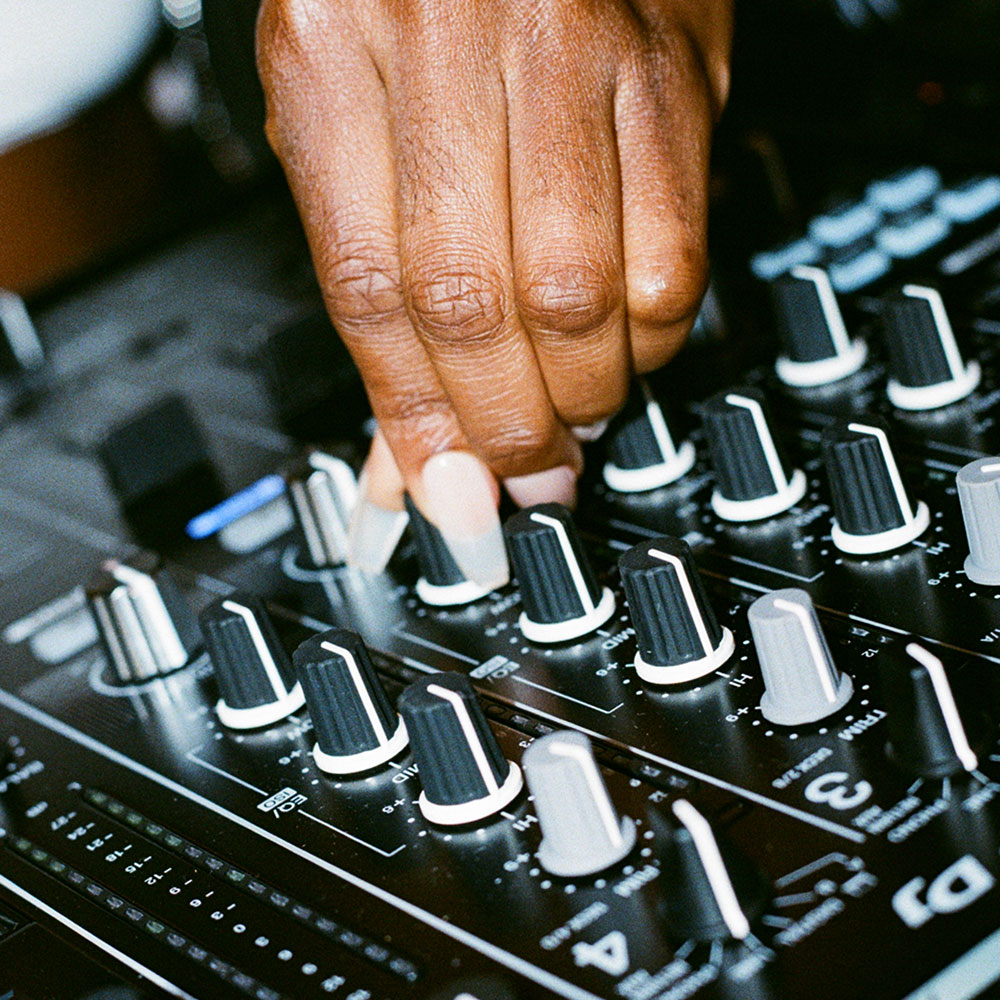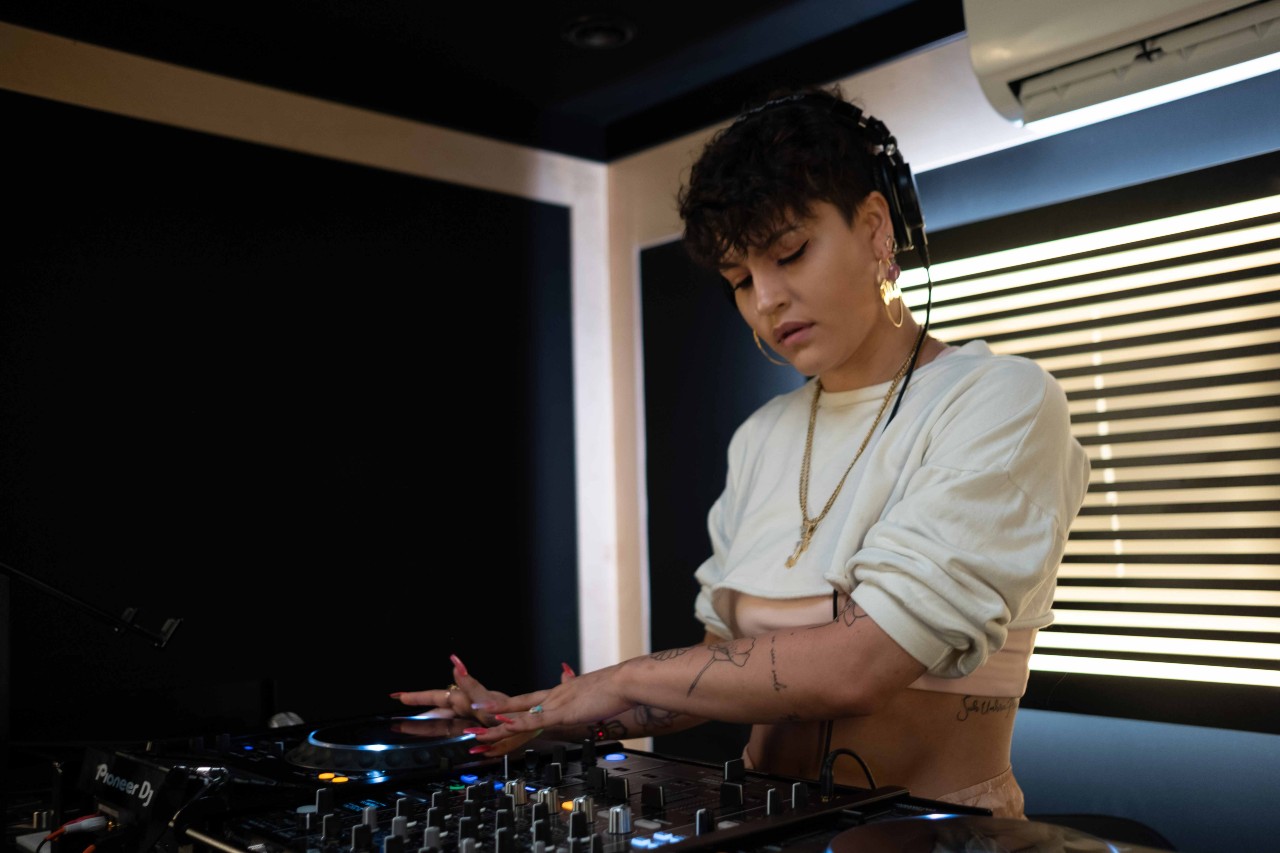
■ Features
Along with streaming platform algorithms, Spotify playlists are often considered a bit of a dark art. Everyone knows they’re powerful, but not many people know what it takes to get featured in one. With the help of Plastician, we’ve curated 5 tips to help you develop your playlist strategy.
To hone your skills as a band, producer, DJ or dancer, book a Pirate.com studio in the UK, US or Germany now.

If you’re releasing music via Spotify, you must be using Spotify For Artists. As well as providing lots of helpful advice, this platform offers opportunities to pitch your music directly to Spotify’s editorial teams. Plastician explains when, why and how in the points below:
Making your editorial pitches personal will help cut through the submission clutter and get your music featured on more playlists.
This sort of information will help Spotify contextualise the song and potentially find a mood or genre playlist that fits it perfectly.
Everyone’s familiar with many of the massive Spotify playlists for their genre. However, unless you’ve got a label machine behind you or have a viral hit on your hands, it’s unlikely you’ll be featured in one. This doesn’t mean there aren’t popular user-generated playlists for your genre or mood within reach, it just means you may need to look a little harder.
Your current listeners are your most powerful tool in terms of giving the algorithm signals that your latest release is gaining traction.
If you’re willing to put in the time and effort, creating your own playlist can be a great way to connect with other artists in your network. Some artists build huge followings from scratch based on a popular playlist they’ve created.

Spotify playlists are a great way of getting your music into the hands of both music fans and commerical DJs. Landing in top-rated playlists may also earn you DJ gigs or festival slots in the long-term.
While getting featured may seem like a lot of work right now, your playlist strategy is as important as any other element of your new music distribution plan, so make sure you're doing everything you can to make it work!
